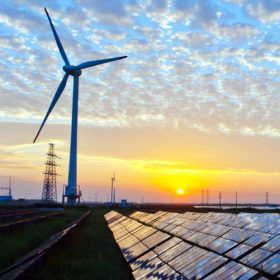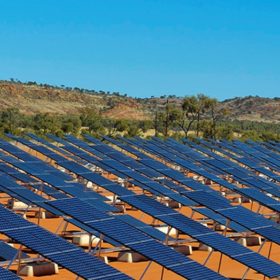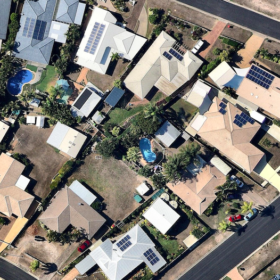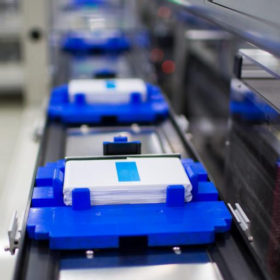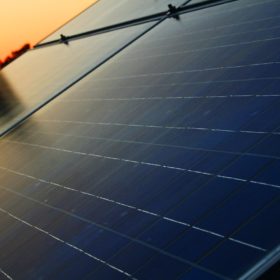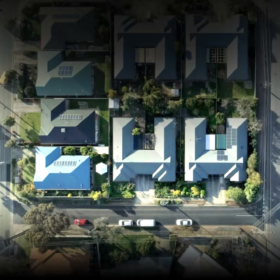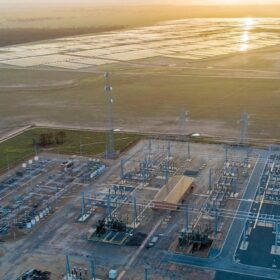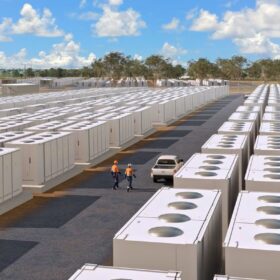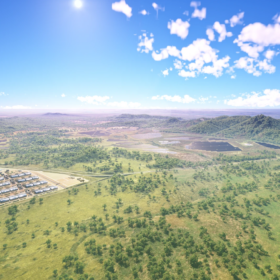October’s QLD energy price spike ‘harbinger of things to come’
On Tuesday 13th October 2020 Queensland’s electricity spiked from approximately $25/MWh to $15,000/MWh (the current market price cap) in response to a tripping incident involving the constraint of 11 solar farms and one wind farm. The event is being seen as illustrative of just what needs to be addressed in the design of NEM 2.0.
A battery of technology providers invited to tender for 30 MW NT BESS
The Northern Territory is advancing projects that will help it achieve 50% penetration of renewables into its energy supply by 2030. First up, the procurement of a 30 MW battery to boost reliability of the Darwin-Katherine grid.
Weekend read: Down in the weeds of Australia’s distribution networks
Australian electricity wires are awash with sunshine, such that network operators have threatened to up the drawbridge on further rooftop connections, while limiting rooftop PV exports to the grid. But data streams hold the key to unlocking surprising existing capacity, stabilising voltage, and living the Aussie dream.
Powerlink partners with BOM for ‘near real time’ solar data
Queensland transmission network service provider Powerlink has announced an “industry-first partnership”with Australia’s Bureau of Meteorology as it looks to improve planning and decision-making for its energy network.
‘China must put EV battery reuse at heart of net-zero ambition’
The centralised nature of policymaking in Beijing would enable component standardisation to ease the transition from EV to stationary energy storage use, according to Greenpeace East Asia.
Weekend read: Singapore solar walks the talk
Earlier this year, Singapore surpassed its 2020 target for 350 MW of installed PV, and has set itself a more ambitious goal of 2 GW for the coming decade. pv magazine recently spoke with Thomas Reindl, deputy CEO of the Solar Energy Research Institute of Singapore (SERIS) – and also the lead author of a 2020 update to the institute’s PV Roadmap for Singapore report – to catch up on the latest developments in the city-state’s PV market.
Major economies should divert fossil fuel Covid-recovery cash to clean energy before it’s too late
A report by Finnish company Wärtsilä has estimated the potential impact if every dollar committed to a non-renewables energy sector recovery was instead funnelled to clean power.
Fraunhofer to develop battery inverter for whole-area UPS and renewables integration
Industrial and academic partners are developing a battery inverter which can be grid connected under normal operation but can also use nearby renewables generators to form an island grid, for whole-area uninterrupted power supply.
CEP.Energy’s $1 billion C&I rooftop rollout
Never heard of CEP.Energy? The new green energy fund is set to become a renewable powerhouse, installing gigawatts of solar, plus batteries big and small across industrial estates and retail centres around the NEM. Institutional investors are making this virtual-power-plant vision a reality.
Australia still finding its feet on the coveted path to digitalised data
While the desire for data to support smarter grids is clear, actually digitalising said data to make it communicable around Australia is proving a thornier operation. Ultimately, it requires Australia’s grid operators to undergo nothing short of a metamorphosis – transitioning from operating networks to becoming network operators.
